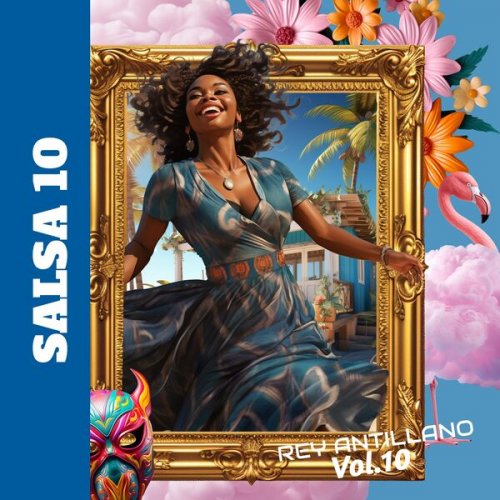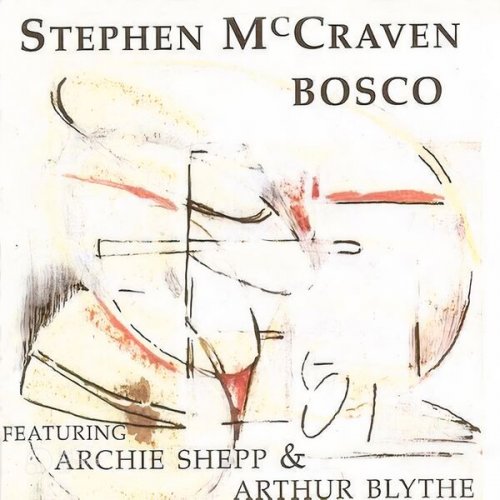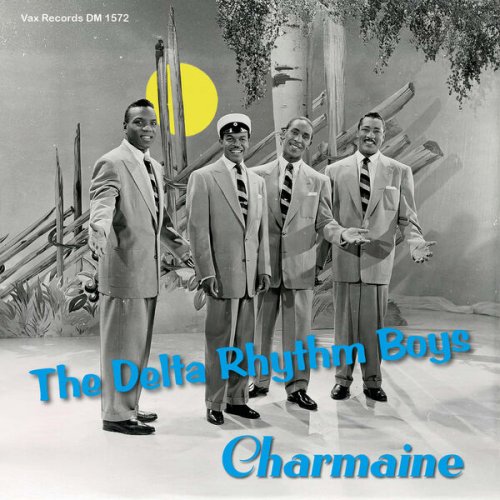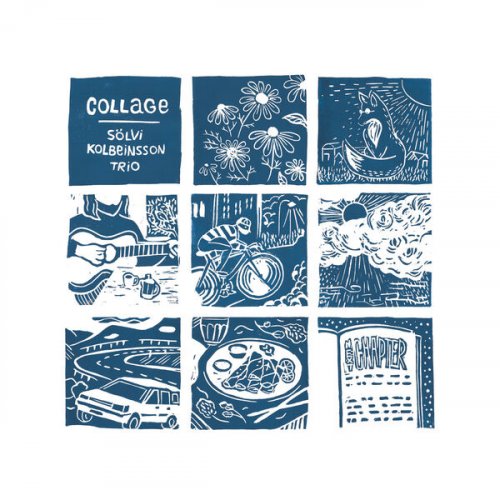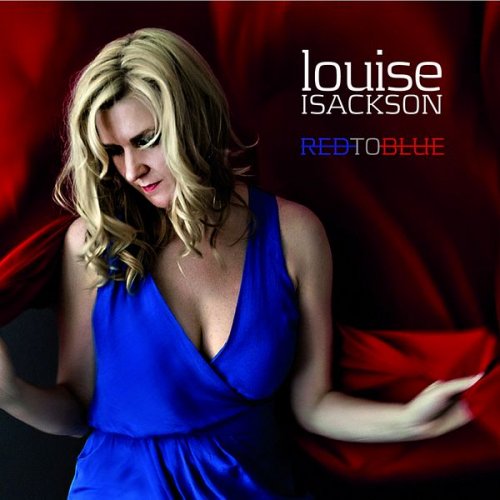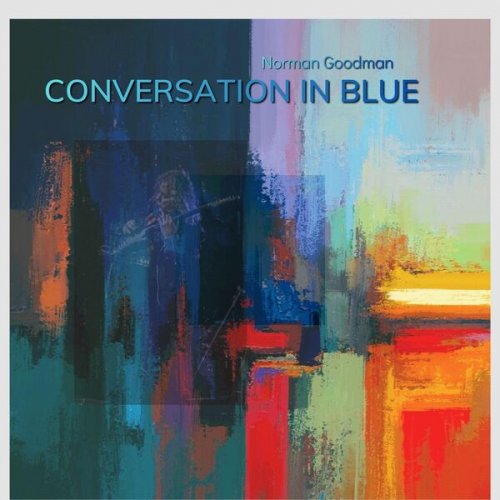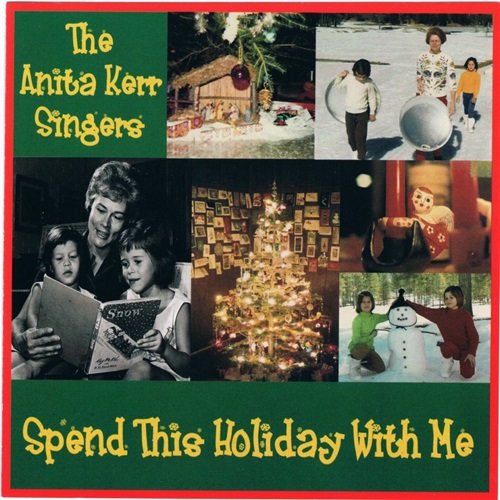Stefano Battaglia, Beatrice Arrigoni, Nazareno Caputo, Luca di Battista - Questo tempo (2022) [Hi-Res]
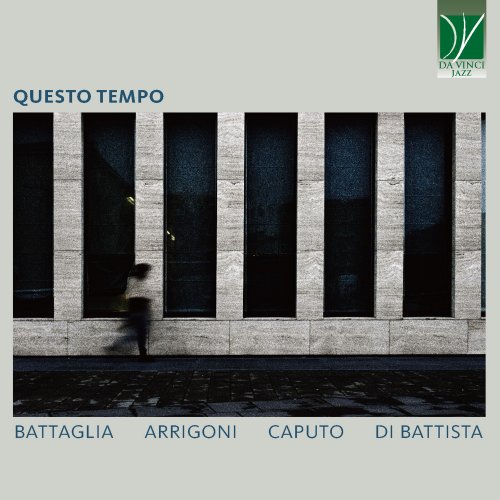
Artist: Stefano Battaglia, Beatrice Arrigoni, Nazareno Caputo, Luca di Battista
Title: Questo tempo
Year Of Release: 2022
Label: Da Vinci Jazz
Genre: Jazz
Quality: FLAC (tracks) [96kHz/24bit] / FLAC (tracks) / MP3
Total Time: 1:04:58
Total Size: 1.02 GB / 323 / 150 MB
WebSite: Album Preview
Tracklist:Title: Questo tempo
Year Of Release: 2022
Label: Da Vinci Jazz
Genre: Jazz
Quality: FLAC (tracks) [96kHz/24bit] / FLAC (tracks) / MP3
Total Time: 1:04:58
Total Size: 1.02 GB / 323 / 150 MB
WebSite: Album Preview
01. Il dolore degli altri, pt.1
02. Moltitudini
03. Mio disperato tempo
04. Verbiare
05. Chimera
06. Questo tempo
07. Piegare le ali
08. Legno sardo
09. Essere luna
10. Il dolore degli altri, pt.2
Personnel:
Beatrice Arrigoni | vocals
Nazareno Caputo | vibraphone, marimba, percussion
Stefano Battaglia | piano
Luca Di Battista | drums, electronic drums, percussion
“QUESTO TEMPO” is the result of two years of research focused on the dialogue between music and poetry, in particular between musical improvisation and pre-existing poetry.
The project was born inside SJU (Siena Jazz University) and in particular within Laboratori di Ricerca Musicale coordinated by the musician Stefano Battaglia.
The research, initially focused on contemporaneity, is spontaneously focused on women’s poetry of our days and places, on female authors in Italy, even in the full belief that the word poet is universal without any gender distinction.
The choice of the text falls therefore on poems of representative poetesses of the last decades’ poetry.
Therefore, a repertoire in Italian consolidates the natural link with the language, so singing is more authentic, direct and conscious. And a contemporary repertoire to establish a further link with the present context through the art of improvisation, the core of which is linked to a principle of expressive urgency synthesized in a presence in the moment, here and now, a particularly ambitious, sought-after and stimulating priority for each performer.
In an ethical conviction that both music and poetry have no need of each other (music aspires to be poetic in itself,
and poetry already contains the musical parameters – timbre, rhythm, melody, harmony) and that poetry should be read and in itself only needs silence and therefore a reading that takes place in an empty space.
The decision to set poems to music must come from desire to lead language back to its ancestral-sensitive metalinguistic part, Where timbres and rhythms prevail over the narrative sense of language, as If the word were already music and fully inserted equally into the musical action, together with the other sounds of musical instruments.
The choice of repertoire has been determined by features of the text, in a formal sense and in a meta-linguisitic sense (sounds, rhythms, visions, symbols, evocations) favouring timeless content without specific chronological and historical references.
The degree of abstractness of the text (which is sometimes quite literal, given the presence of evocative neologisms) favours a musical/metalinguistic type of work on poems, leaving room for all (re)interpretations and opening up a multitude of possibilities for re-elaborating both the sentence, which is almost always syntactically deconstructed, as well as of the word and the syllable, in an attempt to get to a true musical structure in which the poems represent a further and main parameter, like a generative nucleus capable of transmitting the deepest and most elusive sense of the verse without singing it in a narrative sense.
The work on the spaces and on the articulation of the text has been fundamental for the performance of the poems, and has developed in relation to the definition of balances that are different each time between the instruments, with a view to adhering to a common aesthetic, which is not the overlapping of poetic art with music or vice versa, nor the juxtaposition of two languages or two means of expression, but aspires to a third osmotic entity that merges the main contents to discover a unique dramaturgy.
The project was born inside SJU (Siena Jazz University) and in particular within Laboratori di Ricerca Musicale coordinated by the musician Stefano Battaglia.
The research, initially focused on contemporaneity, is spontaneously focused on women’s poetry of our days and places, on female authors in Italy, even in the full belief that the word poet is universal without any gender distinction.
The choice of the text falls therefore on poems of representative poetesses of the last decades’ poetry.
Therefore, a repertoire in Italian consolidates the natural link with the language, so singing is more authentic, direct and conscious. And a contemporary repertoire to establish a further link with the present context through the art of improvisation, the core of which is linked to a principle of expressive urgency synthesized in a presence in the moment, here and now, a particularly ambitious, sought-after and stimulating priority for each performer.
In an ethical conviction that both music and poetry have no need of each other (music aspires to be poetic in itself,
and poetry already contains the musical parameters – timbre, rhythm, melody, harmony) and that poetry should be read and in itself only needs silence and therefore a reading that takes place in an empty space.
The decision to set poems to music must come from desire to lead language back to its ancestral-sensitive metalinguistic part, Where timbres and rhythms prevail over the narrative sense of language, as If the word were already music and fully inserted equally into the musical action, together with the other sounds of musical instruments.
The choice of repertoire has been determined by features of the text, in a formal sense and in a meta-linguisitic sense (sounds, rhythms, visions, symbols, evocations) favouring timeless content without specific chronological and historical references.
The degree of abstractness of the text (which is sometimes quite literal, given the presence of evocative neologisms) favours a musical/metalinguistic type of work on poems, leaving room for all (re)interpretations and opening up a multitude of possibilities for re-elaborating both the sentence, which is almost always syntactically deconstructed, as well as of the word and the syllable, in an attempt to get to a true musical structure in which the poems represent a further and main parameter, like a generative nucleus capable of transmitting the deepest and most elusive sense of the verse without singing it in a narrative sense.
The work on the spaces and on the articulation of the text has been fundamental for the performance of the poems, and has developed in relation to the definition of balances that are different each time between the instruments, with a view to adhering to a common aesthetic, which is not the overlapping of poetic art with music or vice versa, nor the juxtaposition of two languages or two means of expression, but aspires to a third osmotic entity that merges the main contents to discover a unique dramaturgy.
